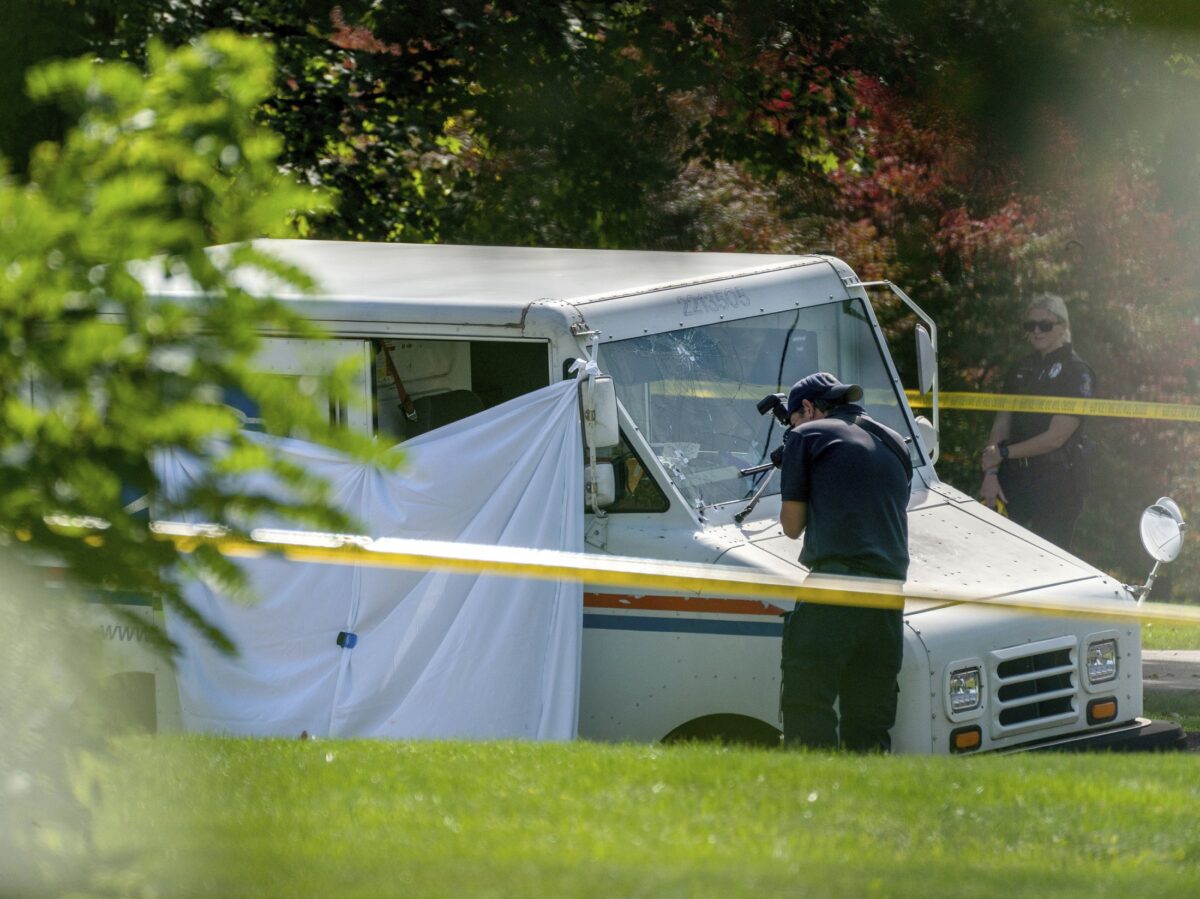
New York and three other states signed a pact this week to share information on guns used in crimes.
New York Gov. Kathy Hochul and three other Democrats—Connecticut Gov. Ned Lamont, Pennsylvania Gov. Tom Wolf, and New Jersey Phil Murphy on Thursday announced the agreement (pdf), which says that “gun violence continues to plague communities” throughout their states and the nation.
Law enforcement agencies being able to share “crime gun data” with agencies in other states “will assist in their efforts to detect and deter gun crime” and investigations into so-called straw purchasers, suspect dealers, firearms traffickers, and other criminals, the pact also states.
Under the agreement, which is set to last five years, the states will transmit all data on guns used in crimes to other states, excepting those designated priority and/or sensitive. data will be sent via a secure transmission method that was not made public. parties can only use the data for law enforcement purposes.
regional effort will help “protect our residents and to end the menace of senseless gun violence in our communities,” Murphy said during a virtual meeting with the other governors. “When we work together as regional partners to enact regional solutions, we’re far better off than if we all go on our own.”
According to the New Jersey Attorney General’s Office, about 85 percent of the guns used in crimes recovered in the state between January and July came from outside the state.
“I believe this is going to give us and our law enforcement entities in each of our states the tools we need to be able to trace guns that are coming from other states,” Hochul said, adding later, “If Congress would simply allow us to share this nationally what a better place we would be, but in the meantime, this is where the states are the incubators.”
Murphy said he hopes the coalition will grow to include more states.
White House praised the pact.
“This data-sharing agreement recognizes the reality that firearms cross state lines, and we therefore need a multijurisdictional approach to tackling gun violence,” White House press secretary Jen Psaki said in a statement. “President [Joe] Biden shares these governors’ commitment to cross-state collaboration to tackle the gun violence public health epidemic.”
Others questioned the wisdom of the agreement.
“I have a great deal of concern considering the track record of other states’ way of harassing people they perceive as gun owners and having a gun,” Kim Stolfer, the Pennsylvania state president of Firearms Owners Against Crime, told Advance Local Media. “y interlink the license plate with the database and the names and people are harassed who are simply exercising their constitutional right.”

agreement comes after murders spiked in 2020, a year beset by harsh restrictions imposed by governors across the country and riots in many major cities, and as gun sales are on track to set the record for the second-highest year behind the sales seen in 2020.
Experts said the spike in homicides may have been driven in part by widespread unemployment, school closures, civil unrest, and the push to cut funding to police departments.
Early data from agencies in various states and cities shows murders continuing at a high level in 2021 but it’s too soon to know, Dr. Robert Anderson, chief of the Centers for Disease Control and Prevention’s (CDC) National Center for Health Statistics said in a recent interview.
CDC recently found a 30 percent increase in the homicide rate from 2019 to 2020, after an FBI report documented a 29.4 percent jump in the same time period.
“I think it is interesting that we’ve seen this large increase in homicides, large increase in drug overdose deaths, and that those seem to be correlated with this big increase in COVID-19,” Anderson said.
“But this is sort of a strange time, I guess, from the standpoint of mortality statistics, I mean, this is just not the sort of thing that we typically see. We’re usually talking about relatively small increases in mortality or small decreases in mortality. We don’t normally see these big jumps. As we go and as we calculate the official mortality statistics for 2020, we’re going to have a lot more work than we normally have to describe what’s going on. We’re going to need to spend some significant time on these conditions, and these diseases that have increased so much during the pandemic,” he added.
Pezou : Four States in Northeast US Sign Pact to Share Data on Guns